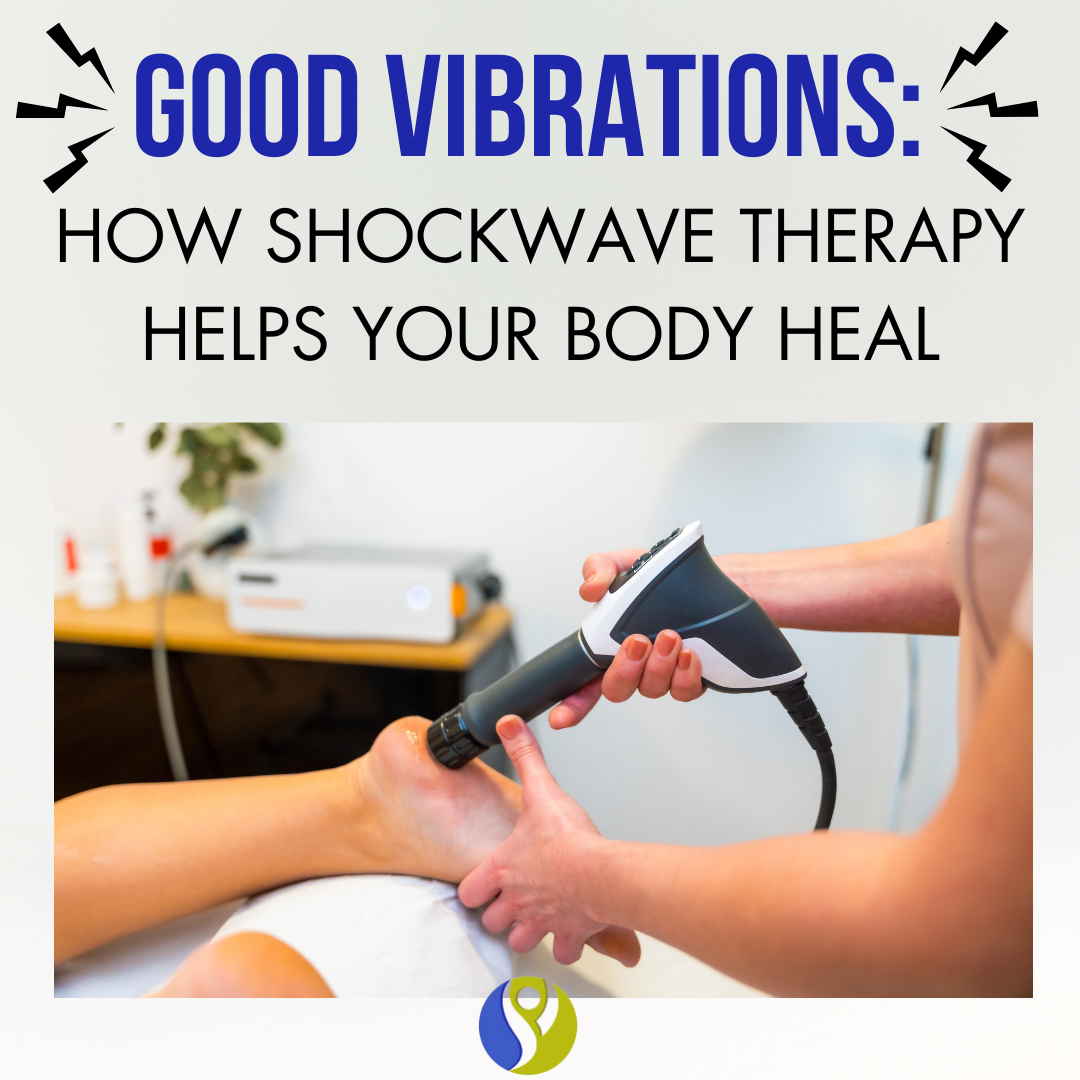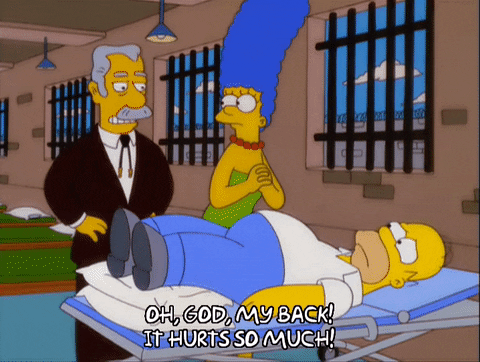Good Vibrations: How Shockwave Therapy Helps Your Body Heal
What Is Shockwave Therapy?
We have been getting a lot of questions about Shockwave Therapy lately. Let’s introduce you to this technique! Extracorporeal Shock Wave Therapy (ESWT) isn’t electroshock or sci-fi sound cannons, it’s focused acoustic energy applied to injured tissues. In short: sound waves travel through skin and fat, “shock” the tissue below, and (hopefully) kickstart a healing cascade.
Mechanism: Shockwaves trigger mechanotransduction. Meaning, cells sense the mechanical stimulus and respond by remodeling tissue, promoting angiogenesis, modulating inflammation, and possibly even breaking down calcifications (PubMed ID: 37957975).
Conditions It’s Used For
Chronic tendinopathies (Achilles, patellar, rotator cuff, lateral epicondylitis)
Calcific tendinitis of the shoulder (PubMed ID: 32345281)
Plantar fasciitis
Lumbar back pain & myofascial pain syndromes (PMC10290808)
Bone conditions (osteonecrosis, stress fractures, delayed healing)
Benefits
Noninvasive (no needles, no surgery)
Low side effect profile: mild discomfort, bruising, redness
Pain relief: some patients experience reduced pain after just a few sessions
Tissue remodeling: imaging has shown reduced calcium deposits and fascia thickness after ESWT in certain conditions (PubMed ID: 32345281)
May complement physical therapy, chiropractic care, and rehab
The Cons
Not universally effective: Achilles and patellar tendinopathies show negligible short-term improvements in some trials (PubMed ID: 37662911).
Protocol confusion: Devices differ in energy levels, session counts, and “sweet spot” dosing. No consensus yet.
Discomfort: Some patients find the pulses unpleasant at higher energy.
Coverage issues: Not always covered by insurance.
Evidence gaps: More robust RCTs are still needed to define who benefits most.
Bottom Line
Shockwave therapy is a rock star of noninvasive MSK interventions, sometimes literally, as it hits the right notes in plantar fasciitis and calcific tendonitis. But like a band’s live performance, results vary depending on the venue (your body), the sound system (device), and the audience (your expectations).
This blog post is for educational purposes only and not a professional recommendation. If you have any questions about the topic, please reach out to your healthcare provider.
References
Speed C. A systematic review of shockwave therapies in soft tissue conditions: focusing on the evidence. Br J Sports Med. 2014;48(21):1538-1542. doi:10.1136/bjsports-2012-091961
Dedes V, Stergioulas A, Kipreos G, Dede AM, Mitseas A, Panoutsopoulos GI. Extracorporeal shock wave therapy for the treatment of chronic calcifying tendonitis of the shoulder: single blind randomized clinical study. BMJ Open. 2019;9(9):e031180. doi:10.1136/bmjopen-2019-031180
Gerdesmeyer L, Wagenpfeil S, Haake M, et al. Extracorporeal shock wave therapy for the treatment of chronic plantar fasciitis: a randomized controlled multicentre trial. J Bone Joint Surg Am. 2008;90(5):928-938. doi:10.2106/JBJS.G.04048
Schmitz C, Maffulli N. Ultrasound-guided focused shock wave therapy for tendinopathy: a narrative review. Br Med Bull. 2017;123(1):49-64. doi:10.1093/bmb/ldx022
Reilly JM, Bluman EM, Tenforde AS. Effect of shockwave therapy on tendinopathy: a systematic review and meta-analysis. Phys Sportsmed. 2018;46(4):450-456. doi:10.1080/00913847.2018.1506467


